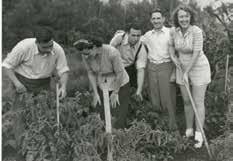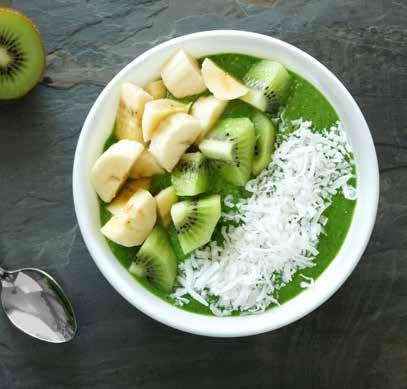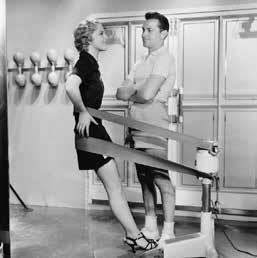
7 minute read
GINSENG
The current world ginseng market is estimated to be worth over $2 billion. Canada alone, exports over 2.5 million kilos of field grown ginseng annually.
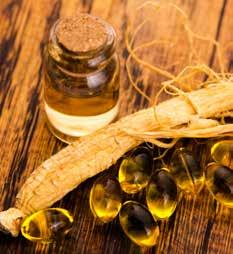
Advertisement
from top
Ginseng liquor Extract and powder form Gel capsules and the dried root
opposite Ginseng farm at sunrise
by Atis Metuzals | edited by Sandy Robson
In this world of infinite online wisdom—and often misinformation—it can be difficult to discern fact from fiction. And now more than ever, when it concerns our health, the ability to do so becomes even more important… something I discovered as I waded into the murky world of ginseng.
Long considered an ancient healer in eastern cultures, ginseng has withstood the test of time and seems to contradict all conventional western medical logic, with broad claims of healing properties being made. Here is my journey and my experience with this ancient herb.
SOME BACKGROUND
Ginseng is harvested for its fleshy root and has been grown and used in Asia for centuries. The current world ginseng market (including the root and processed products) is estimated to be worth over $2 billion, with China as the largest consumer of ginseng products, and South Korea the largest distributer. But ginseng is also harvested in North America, and Canada alone exports over 2.5 million kilograms of field grown ginseng annually.
Ginseng products are made from the pulpy root of the Panax plant of which two main varieties are used: North American (Panax quinquefolius) and Asian (Panax ginseng). In Chinese medicine Panax ginseng is considered hot or stimulating, while Panax quinquefolius is cool and used for its calming effect. Both contain compounds called ginsenosides, although with varying chemical profiles and proportions. Ginseng is further classified in three groups depending on how long the root is grown before harvesting: fresh is harvested before four years; white is harvested between four and six years; and red ginseng is harvested after six years.
The wild varieties of both species are considered to be more potent than cultivated versions, leading to a considerable unregulated market, where roots that attain a prized shape similar to a human form (known as [hu]man roots) can sell for thousands of dollars. Back in his day, even Daniel Boone got into the ginseng trade, employing West Virginia sangers (American slang for someone who harvests the wild roots) to comb the forested hillsides in search of the valuable prize.
THE CLAIMS
What is so special about ginseng? Why all the hype? Why has it been a cornerstone of Chinese medicine for thousands of years? And are there health benefits that we should consider?
In traditional Chinese medicine ginseng is used to increase energy and blood volume, enhance brain function, promote appetite, and it has been
above
In tea form
below
American ginseng
opposite
ginseng tincture
capsules and pill form
the dried root
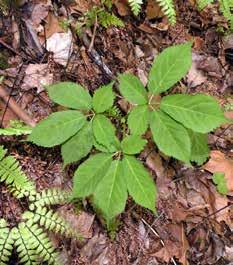
prescribed for everything from weakness, anaemia, and the flu, to impotence, diabetes, and cancer. It is touted as an energy booster, with anti-inflammatory and antioxidant properties. THE RESEARCH
While doing extensive reading and research for this article, the most difficult task I had was distinguishing between sponsor-driven research and unbiased, factual data.
In the US, the Food and Drug Administration (FDA) does not endorse claims made by ginseng manufacturers and considers current research to be inconclusive. Ginseng is labelled a dietary supplement and as such the FDA suggests that you “consult with a health care professional before using.” In fact, in 2019 a warning letter was issued by the FDA to all manufacturers of ginseng dietary supplements to request that they cease making unsubstantiated claims of health or anti-disease benefits. While SEEING FOR MYSELF
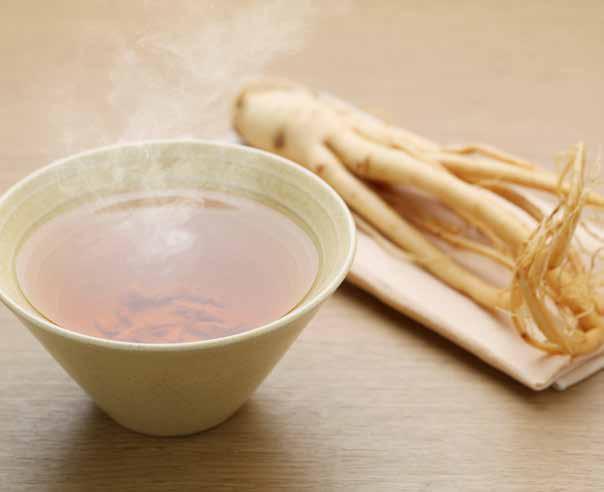
there is some clinical data for the use of ginseng as a restorative for exhaustion and weakness, erectile dysfunction, and diabetes, according to the US National Institutes of Health there is no conclusive evidence supporting any health benefits from using ginseng, and clinical data appears to be lacking, with “most studies suffer[ing] from poor methodology, lack of proper controls, and no standardization.”
Given this lack of clinical data, most of the claims regarding ginseng’s benefits and healing properties are vague: “it may help with this” or “it could support that.” This makes it difficult to come to a decision on whether we are dealing with a ruse or a completely misunderstood or understudied traditional medicine. I found studies concentrated on immediate results and there were no long-term trials. Not long ago, acupuncture was perceived as borderline witchcraft, and now is being embraced, even within the western medical establishment, as an acceptable medical treatment. In fact, I used acupuncture to stop my smoking addiction and have found it effective for the past eight years.
I kept digging. I consulted many acquaintances and friends about ginseng but very few had tried it. So, I concluded that I would have to be the guinea pig and test it out myself. I am in my 60’s. I have aching knees from years of sport and waning energy. I also look forward to afternoon naps. Working as a photographer, I need more energy and strength to climb mountains and hike steep trails to get that ultimate “capture the moment” shot, so I was ready to see what this root might do for me.
I placed myself on a 45-day trial, taking a daily dose of 100 mg of Red Korean ginseng extract capsules; two weeks on, one week off; and then another two weeks on. The capsules were easily available at my local drugstore and can be ordered online. Ginseng is also available in liquid form, as powders, I am in my 60’s, have aching knees from years of sport, waning energy, and look forward to my afternoon naps.
infused into sparkling water concoctions, and even in topical creams. The actual root can be purchased from Asian grocers and herbal shops if you happen to be in a larger city or you can order online but I was not inspired enough to cook it up in ginseng soup or other dishes. I did try brewing a hot ginseng drink, but found the unique taste was not my cup of tea.
I must say, the ginseng had an immediate effect on my energy level from day one of my trial. I felt more energetic and was eager to complete some of my earlier delayed chores. Taking a daily walk with my dog, which usually tires me out, was not a problem. After a week I was easily able to lengthen my walk and skip the obligatory afternoon nap. I definitely felt peppier in the morning. There were noticeably fewer aches and pains in the morning and, all in all, I felt better.
After two weeks I stopped taking the ginseng to see if there was any difference in energy levels and joint pain. I did notice a small decrease in my energy level, but my joints still felt good. When I went back on the ginseng a week later, I immediately sensed a noticeable increase in energy. As a musician I also detected a definite increase in my ability to memorize and retain difficult arrangements. Above all, I experienced no symptoms or ill effects whatsoever, and plan on continuing to use ginseng right up to the moment I turn 21 again!
FINAL THOUGHTS
Stephen Fulder, Ph.D., author of The Ginseng Book notes that western medicine dismisses ginseng because “Western medicines are mostly synthetic,
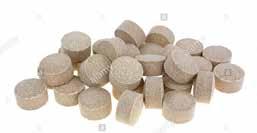
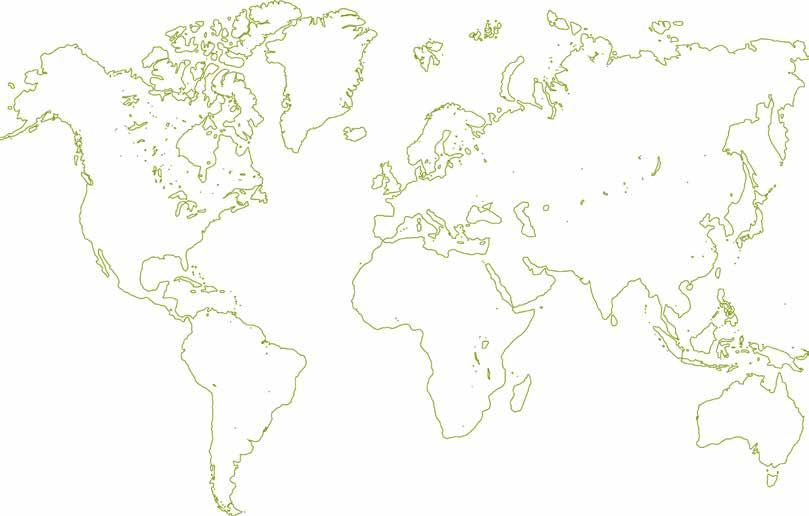
and are strictly defined, manufactured, packaged, and distributed by a large pharmaceutical industry with a powerful voice in medicine… and cannot support itself on the distribution of herbs and roots.” We in the western world, living in the realm of conventional western medicine, expect medical doctors to treat our ailments and diseases in a manner that we decide is normal and with certain acceptable methodology. An eastern concept which offers alternative healing, is a hard pill to swallow for some. Seems we would rather swallow the synthetic, pharmaceutical capsule instead. Will ginseng eventually take the same path to western acceptability as acupuncture has, as more minds open and skepticism toward holistic eastern healing decreases? We will see.
Of course, all this is only my personal experience with ginseng and by no means can be considered even remotely scientific, so to repeat the word of caution from the top: always consult with your physician before you take ginseng, and do not use it at the same time as any prescription medications.
DID YOU KNOW?
Ginseng has been used in Chinese medicine for over two thousand years.
First Nations peoples also used ginseng in their traditional medicine to treat the entire body system. In Canada, wild ginseng is on the species at risk list and is no longer allowed to be harvested and exported. Only cultivated North American Ginseng (NAG) can be legally traded here. Ontario is the largest producer of cultivated NAG in the world.
Bat Cave Botanicals has a manroot available on Etsy valued at almost $7000.

